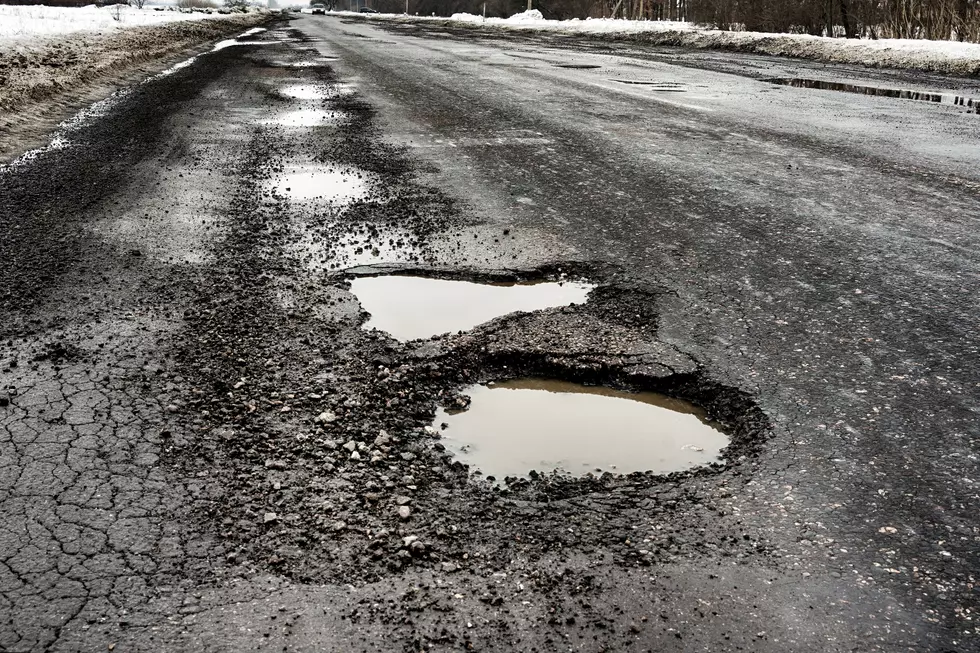When I visited India last summer, I noticed that majority of the mainstream roads were inadequately maintained. Surprised by the normality of significantly damaged roads, I conducted some preliminary research on potholes. The main causes of potholes are poor drainage systems, weak road construction material, and rare road maintenance. I also found that from 2013 to 2016, potholes had caused 11,836 deaths and 36,421 injuries in India. In 2016 alone, there were about 6 deaths a day due to potholes in India. Thus, my goal was to create a solution that mitigates the harmful impacts of potholes and improves driver safety.
The primary objective of this project was to enhance vehicular safety for drivers through a machine learning-based alert system that uses real-time object detection and accelerometer data to detect potholes.
Overall, potholes pose a significant threat to driver safety. A consolidated dataset of pothole locations does not exist to alert drivers ahead of pothole collision and to inform road maintenance companies to repair specific potholes. Therefore, the goal of my project was to enhance safety for drivers through a machine learning-based alert system which uses real-time object detection and accelerometer data to detect potholes. My project is affordable as the device costs under $50. My project is also efficient as the device runs in real-time. Finally, my project is effective as my device had a 100% success rate. In conclusion, my device met my engineering goal, thus proving as an ideal solution to the dangers of potholes.
My device alerts vehicle drivers ahead of time, thereby saving lives and insurance money. My device is simple, portable, and affordable. It can easily be acquired by a vehicle driver and mounted onto a vehicle. The scalability of my project also allows it to be pre-mounted by vehicle manufacturers.
Pothole location data generated from my device can be compiled into a dataset and provided with both government and private sector road maintenance companies. A major reason why maintenance companies often delay road repair is that companies simply don’t know the specific location at which repair is necessary. Sending the specific pothole location data to these companies serves as a much more efficient solution than waiting for road maintenance companies to find and fix the pothole themselves.
In the future, I would want to solder my circuit and compact my device to make it more portable. This would allow for easier setup and installation onto vehicle.
In addition, I would want to publicize this data on the cloud, thereby making it more accessible by drivers and road maintenance companies who don’t necessarily own the app. Making this data open-source could open a plethora of opportunities in the direction of road safety.
It would be great if this device could be pre-mounted into vehicles, making driver safety much more accessible and standard across the board.
Finally, I would want to work on integrating this device with autonomous cars using existing vehicular development frameworks. Vehicular automation is rapidly approaching, and this device has great potential to enhance both safety and automation.
